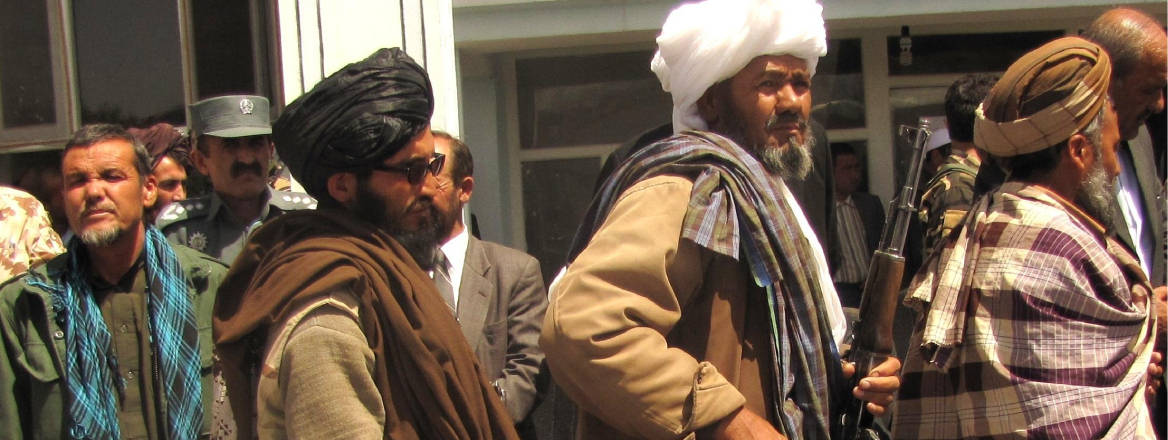Ready for Peace? The Afghan Taliban after a Decade of War
Despite high-profile success on the battlefield, interviews with Taliban personnel reveal substantial discord within the group.
This briefing paper argues that:
- The Taliban movement is in disarray. The new leader, Maulawi Haibatullah Akhundzada, is widely viewed as weak and ineffective.
- Several factions within the Taliban are vying for power. The Mansour network, which is based in Helmand and claims to be backed by Iran and Russia, has risen to become the most dynamic group within the Taliban.
- The levels of morale within the Taliban vary. The boost to morale from 2016 battlefield successes was dampened by the high cost at which they were gained, as well as the alienation of many Taliban from their leadership and the sense that many had no stake in those battlefield gains. The expulsion of Afghan refugees from Pakistan is putting added pressure on the Taliban.
- There is growing disaffection within the Taliban about the armed campaign. Many Taliban feel that the war has lost direction and purpose, and is corrupting the movement.
- A new approach to peace talks is needed. This would harness and mobilise the large numbers of disaffected Taliban, in order to get around the leadership’s stonewalling.
- These developments within the Taliban present an opportunity for ‘insurgent peacemaking’. The collapse of leadership authority under Haibatullah, the resurgence of factionalism and rise of the Mansour network, and the powerlessness of the Taliban leadership to stop Pakistan from expelling Afghan refugees, have all expanded the political space available to pro-peace insurgent Taliban.
In November 2016, the authors of this report held discussions with seven well-connected Taliban figures representing different constituencies within the movement. The context for these discussions was the failure of existing mechanisms – the quadrilateral process in Pakistan and the Taliban Political Commission in Qatar – to deliver negotiations, and reports that the new Taliban emir, Maulawi Haibatullah Akhundzada, had failed to exert his authority. The purpose was to explore the new Taliban leadership landscape and, within this, the potential for restarting peace talks.
The discussions were held over ten days in a location outside the immediate region. The method centred on lengthy and iterative one-to-one interviews. The interviews were conducted in Pashto and Dari and translated into English. The one-to-one interview format enabled the authors to gather the independent views of the interviewees. One of the interviewees was mandated to participate by his peers, while the others chose to be involved. All referenced their peer group and contacts within the movement.
This investigation has strong implications for both the analysis of the Taliban movement and the policy response to the Afghan conflict.
In terms of policy, the findings suggest that a strategy of engagement with the Taliban’s unitary official leadership may not be sufficient to achieve a deal. But the emergence of dissent within the movement offers both a threat and an opportunity for peace-making. Arguably, the main beneficiary so far from the breakdown in Taliban cohesiveness has been ISIL-K, which has primarily recruited Taliban dissidents. In contrast, a strategy of insurgent peace-making, as outlined above, would instead channel dissent within the Taliban movement towards an incremental peace settlement.
About the Authors
Theo Farrell is Professor of International Security and Dean of Arts and Social Sciences at City, University of London, and an Associate Fellow of RUSI.
Michael Semple is Visiting Research Professor in the George Mitchell Institute for Global Peace, Security and Justice at Queen’s University Belfast.
To watch the launch, please click here.
WRITTEN BY
Professor Theo Farrell
Professor of War in the Modern World and Head of War Studies, KCL


